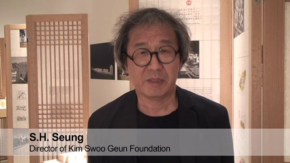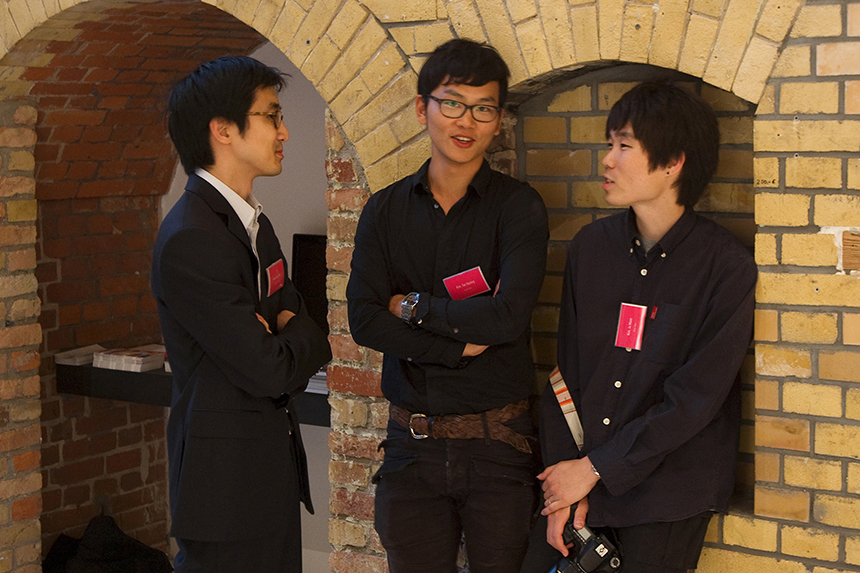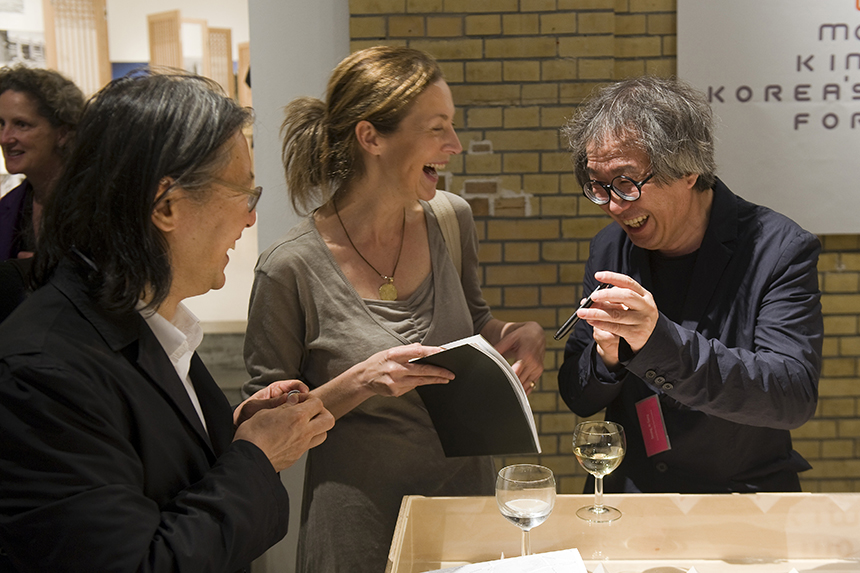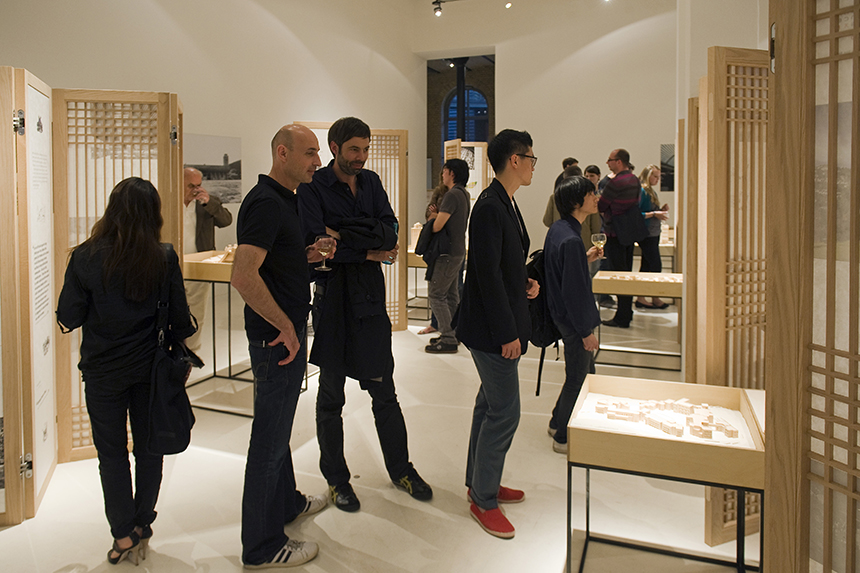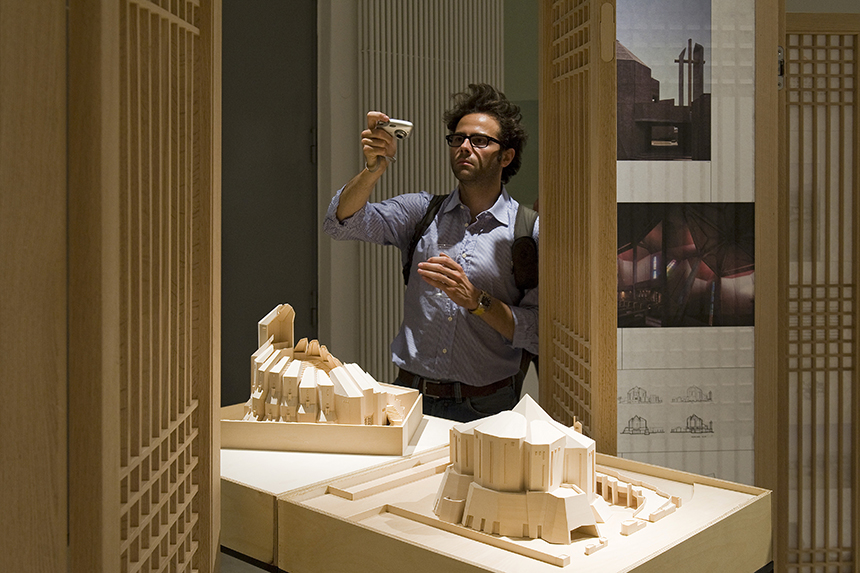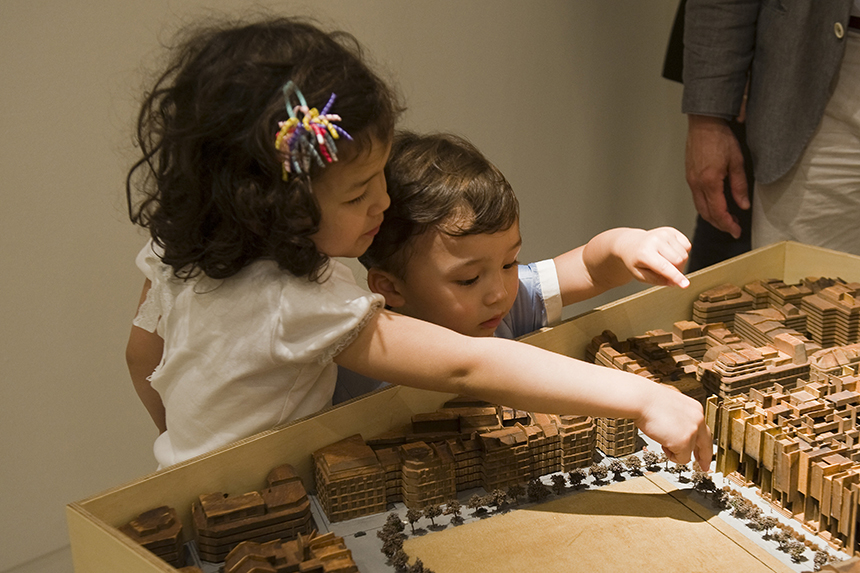Kim Swoo Geun is the most famous and the most influential twentieth century architect in Korea. Yet twenty-five years after his death, we still ask the question an editor at Time-Life posed in 1979: “would he ever become ‘internationally known?’” Dense Modernities: Kim Swoo Geun raises this question not simply to wonder about an architect’s fame but as an inquiry into knowledge: knowledge not only about the man and his milieu, but knowledge of what architecture was, is, and can be.
As Korea emerges as an economic and political force of the changing global world, the deep cultural reservoir of this once insulated society comes into open view. Yet the speed and density that have made these waters such a rich and complex source of creativity conspire to make it opaque and unfathomable. So much happened and in such speed that thought has not caught up with all that has transpired. Yet the Korean condition brings new possibilities to how we understand modernity as a continuing global phenomenon. It brings specific meaning to the notion that history is made. But what kind of story will this be? The Aedes exhibition Dense Modernities: Kim Swoo Geun mines and unpacks the presence of Kim Swoo Geun as a new kind of cultural configuration: a dense amalgam of authority, community, and freedom in an ever-dynamic society.
Kim Swoo Geun was born in 1931 in Cheongjin in the Northern province of Hamgyong-Namdo. He entered the architecture department of Seoul National University, at the time, one of only two 4-year programs in Korea. Barely three months into his studies, the Korean War irrupted. Unable to flee Seoul, Kim was rounded up by North Korean soldiers for service in their militia. He barely escaped. Just 20 years-old, Kim stowed away to Japan to continue his architectural studies. He received his undergraduate degree at the Tokyo Art College, where he came under the tutelage of Yoshimura Junjo, and then went on to receive a Masters degree at Tokyo University. In 1959, as a doctoral student at Tokyo University, Kim and a group of young Korean architects won the competition for the Korean Parliament. Though the Parliament project fell through when the corrupt Rhee government was toppled by a people’s uprising, it provided the opportunity for Kim’s return to his home country.
Kim Swoo Geun became a rising star when he came into favor with Park Chung Hee’s new military regime. He began to receive major projects of the newly industrializing nation which he designed in the sculptural style of béton brut. His major works of this first period include Hill Top Bar(1961), Freedom Center and Tower Hotel (1963), Buyeo Museum (1965), and KIST Main Building (1967). Appointed president of the Korean Engineering and Consulting Cooperation, he headed major urban plans to build a new city in the Yoido, to redevelop the center of Seoul, and build a new international airport.
The Buyeo Museum became a major turning point in Kim Swoo Geun’s career. In the midst of extreme anti-Japanese sentiment that followed Korea’s reparation settlement with its former colonizer, his design for the Buyeo National Museum was accused of being Japanese. Kim’s career survived when most would have been destroyed. Kim Swoo Geun subsequently broke away from his earlier sculptural monumentalism, opening a new period of work that would define his identity as a modern Korean architect. Brick became his main material and the control of scale, in terms of space and ornament, became paramount. Moving away from increasingly large state and commercial projects, he veered towards the values of a Korean aesthete. The representative works of this period include the Space Group Building (1971 and 77), School of Fine Arts and School of Music at Seoul National University (1973), Olympic Main Stadium (1977), Korean Culture and Arts Foundation Munye Theater (1977), Masan Yangdeok Cathedral (1978), and Kyung-dong Presbyterian Church (1980 ).
Kim Swoo Geun was not merely an architect. He was an advocate, connoisseur, and patron of Korean culture. In 1966, he started Space, an arts and architecture journal that was, at the time, effectively the only architectural magazine in Korea. Closing in on a half-century of continuous publication, Space continues to be the most important architectural journal in Korea. In 1977, he opened the Space Theater in the basement of his office. This small space became a center for avant-garde dance, literary performances, and music. Through his sheer passion and devotion, he created watering holes of creativity in the midst of a barren cultural landscape.
Kim Swoo Geun was the exact contemporary of Isozaki Arata, but the former’s trajectory was more akin to the latter’s mentor Tange Kenzo. Kim’s career spanned a period of three different dictatorial regimes. Sadly, he never lived to see a Korean democracy take hold. He designed monuments to nationalism and the Cold War, planned cities for a rebuilding nation, set the stage for a Korean modernism, and created spaces and forms no one had ever seen before. Within this dense modernity, a forceful historical and architectural dynamic begs to be articulated with intellect, discipline, and passion.
Modernity is an ongoing process. As we witness all over the world, the idea is still very much alive in ways that its earlier Eurocentric versions were not able to imagine. To say that we are now groundless in our creative production is once again to follow a much too narrow idea of history. Kim Swoo Geun’s late and latent modernity, the sense of speed and intensity in his work constitute an open legacy that asks us to reconstruct new relations with the past so that we may create a meaningful present, and visions for the future. It involves a shifting of time in which local and foreign, known and unknown are intertwined and their divisions de-stabilized. It is a dense modernity that is aggressively open to the world.
Pai Hyungmin, University of Seoul
The exhibition will be a dense space of panels, models, and books related to Kim Swoo Geun’s architectural work, writings, and manifold cultural activities. Images will be printed on Hanji, the traditional Korean paper, and applied to the folding doorframes of Korea. The first part of the exhibition showcases Kim Swoo Geun’s biography, his cultural activities, and overviews his architectural projects. The main hall features 20 selected projects - presented in the doorframe panels of photographs and drawings - along with 20 models, including the original Centre Pompidou Competition model.
Catalogue
An Aedes catalogue was published.
With a text by Kim Swoo Geun
ISBN 978-3-937093-17-8
German/English
Price € 10,-
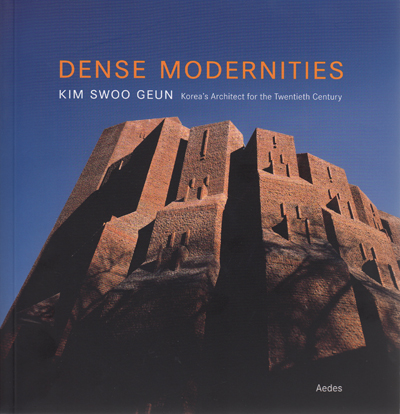
Sponsors
Kim Swoo Geun Foundation, Space Group, Kookmen University, Arts Council Korea, Zumtobel, ArcelorMittal, Busch-Jaeger, carpetconcept, AXOR Hansgrohe
Diese Ausstellung wurde ermöglicht mit der großzügigen Unterstützung von:


